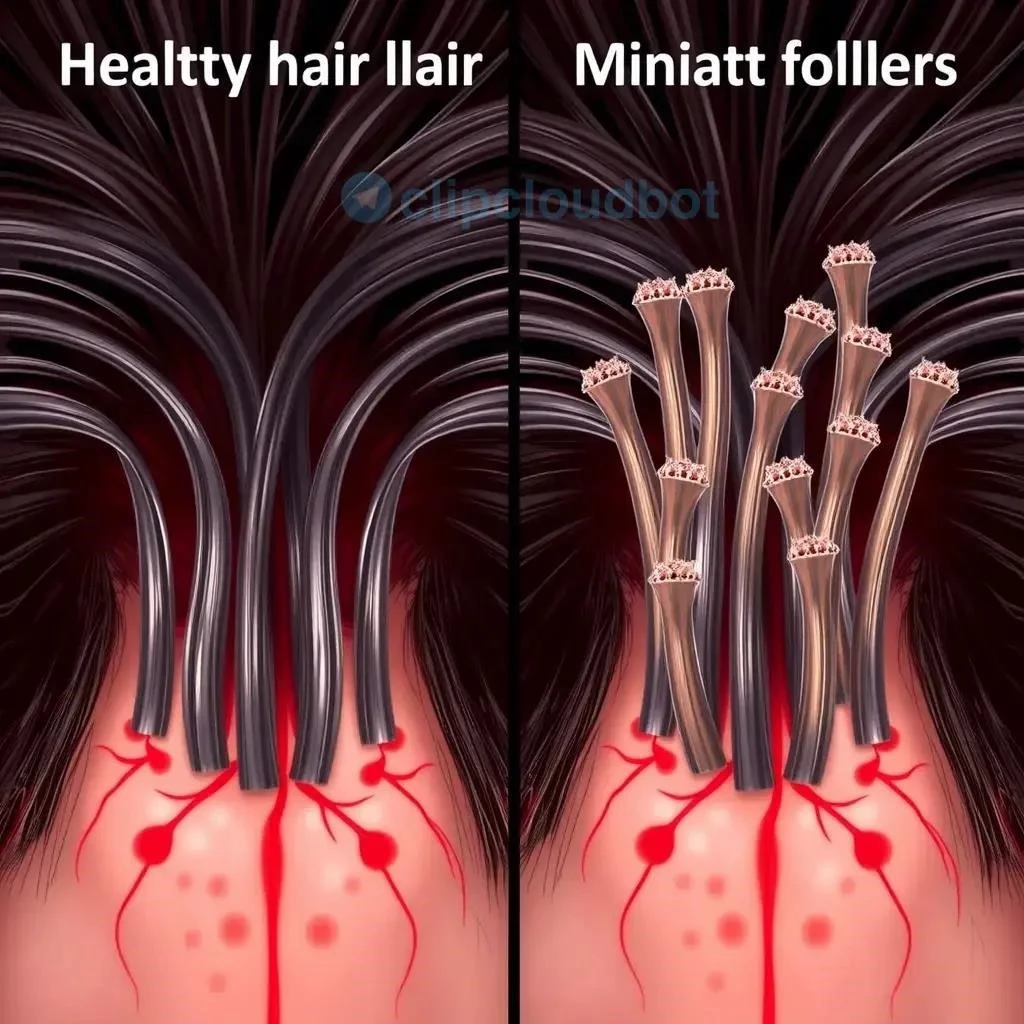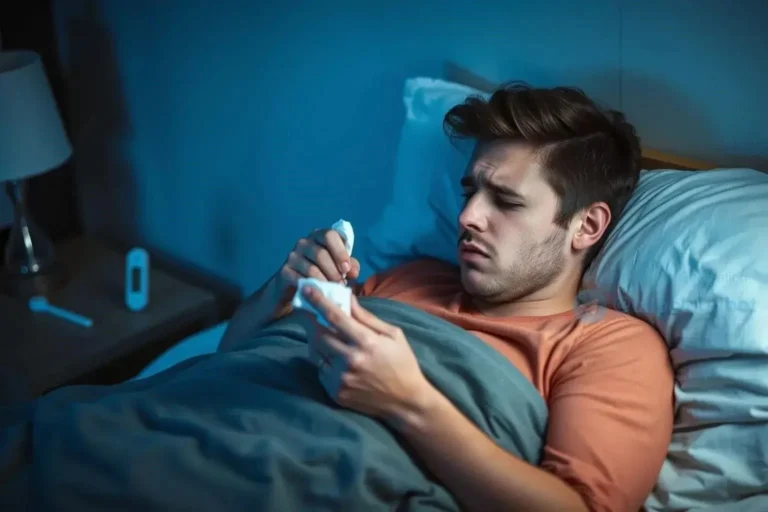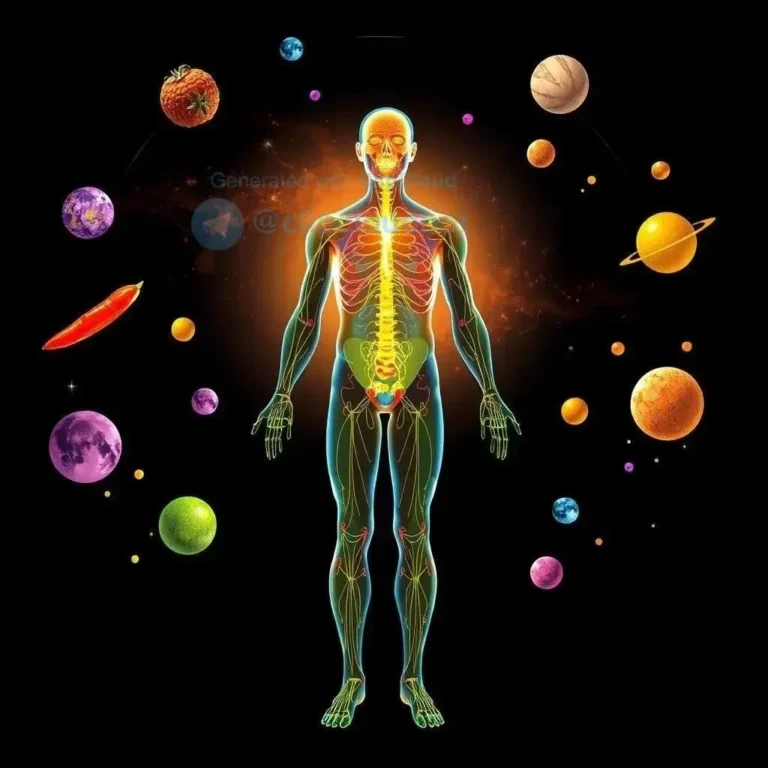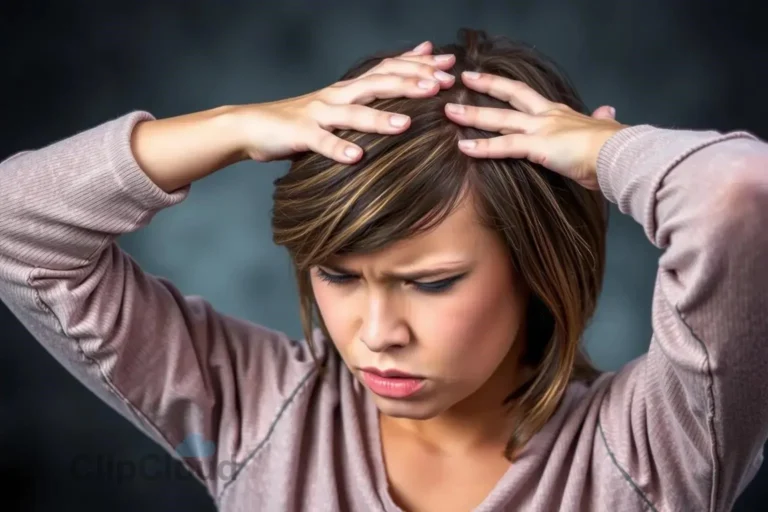Hair Loss: A Comprehensive Overview
Hair loss affects millions, impacting self-esteem and confidence. This guide explores various causes, types, and treatments for restoring hair growth.
Understanding the Causes of Hair Loss
Hair loss can stem from a variety of factors, ranging from genetics and hormonal changes to medical conditions and lifestyle choices. Understanding the underlying cause is crucial for effective treatment.
Genetics plays a significant role, particularly in male and female pattern baldness, also known as androgenetic alopecia. This inherited trait causes hair follicles to shrink over time, leading to thinner hair and eventual baldness.
Hormonal imbalances can also trigger hair loss. Conditions like thyroid disorders, pregnancy, and menopause can disrupt the normal hair growth cycle. Similarly, an overproduction of androgens, male sex hormones, can contribute to hair thinning in both men and women.
Medical conditions such as alopecia areata, an autoimmune disorder that attacks hair follicles, can cause patchy hair loss. Certain medications, including chemotherapy drugs, can also lead to temporary or permanent hair loss. Nutritional deficiencies, particularly in iron and vitamin D, can also affect hair growth.
Stress, both physical and emotional, can disrupt the hair growth cycle and contribute to hair shedding. Tight hairstyles and harsh hair treatments can also damage hair follicles and lead to traction alopecia. Finally, lifestyle factors like poor diet and smoking can also impact hair health.
Exploring Different Types of Hair Loss
Hair loss manifests in various forms, each with distinct characteristics and underlying causes. Recognizing the specific type is essential for targeted treatment.
Androgenetic alopecia, commonly known as male or female pattern baldness, is the most prevalent type. In men, it typically presents as a receding hairline and thinning crown, while women experience diffuse thinning across the scalp.
Alopecia areata is an autoimmune disorder characterized by patchy hair loss. It can affect the scalp, beard, and other body areas. Alopecia totalis involves complete scalp hair loss, while alopecia universalis leads to total body hair loss.
Telogen effluvium is a temporary hair shedding condition often triggered by stress, illness, or hormonal changes. It results in diffuse thinning across the scalp, but hair typically regrows once the underlying cause is addressed.
Traction alopecia is caused by prolonged tension on hair follicles, often due to tight hairstyles like braids or ponytails. It can lead to permanent hair loss if the damaging practices continue.
Anagen effluvium is rapid hair loss typically associated with chemotherapy or radiation therapy. Hair usually regrows once treatment concludes.
Effective Treatments for Hair Regrowth
Various treatments are available to address hair loss and promote regrowth, ranging from medications to surgical procedures.
Minoxidil (Rogaine) is a topical solution available over-the-counter that can help stimulate hair growth. Finasteride (Propecia) is an oral medication for men that inhibits the hormone responsible for male pattern baldness.
Platelet-rich plasma (PRP) therapy involves injecting concentrated platelets from the patient’s blood into the scalp to stimulate hair follicle activity and promote growth. Hair transplant surgery involves transplanting hair follicles from a donor area to the recipient area.
Low-level laser therapy (LLLT) uses laser light to stimulate hair follicles and encourage growth. This treatment can be administered through in-office devices or at-home combs and helmets.
Corticosteroids can be injected into the scalp to treat alopecia areata. They help reduce inflammation and promote hair regrowth in affected areas. In some cases, oral corticosteroids may be prescribed for more extensive hair loss.
Consulting a dermatologist is crucial for determining the most appropriate treatment plan based on the individual’s specific type and severity of hair loss.
Natural Remedies and Prevention Strategies
While not a replacement for medical treatments, some natural remedies and preventative measures can support hair health and potentially minimize hair loss.
Essential oils like rosemary and peppermint oil have shown promise in promoting hair growth when applied topically. Scalp massage can improve blood circulation to the hair follicles, potentially stimulating growth.
A nutrient-rich diet containing adequate protein, iron, and vitamins is crucial for healthy hair growth. Consuming foods like eggs, nuts, and leafy greens can support hair health.
Managing stress through techniques like yoga and meditation can help minimize stress-related hair loss. Avoiding tight hairstyles and harsh chemical treatments can prevent traction alopecia and damage to hair follicles;
Supplements like biotin and saw palmetto are often marketed for hair growth, but their effectiveness is not consistently supported by scientific evidence. It’s important to consult a healthcare professional before taking any supplements.
Maintaining a healthy lifestyle, including a balanced diet, regular exercise, and stress management, can contribute to overall hair health and potentially reduce the risk of hair loss.






